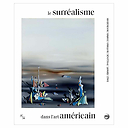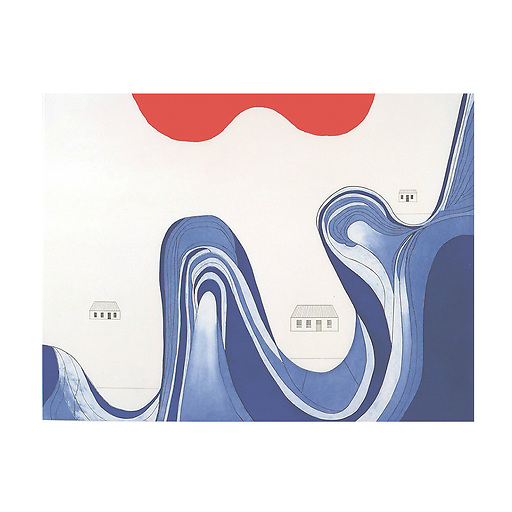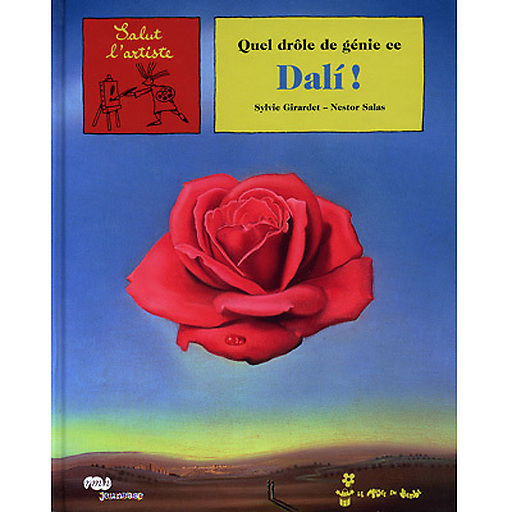Surrealism in American Art - Exhibition catalogue
EK197479
FRENCH LANGUAGE
Taking as its starting point the arrival in 1941-1942 in New York of a group of European surrealist artists from Marseilles (Max Ernst, André Masson, etc.) leaving Europe during the war, this catalogue proposes an alternative history of post-war American art, by observing the permanence...
Read more
FRENCH LANGUAGE
Taking as its starting point the arrival in 1941-1942 in New York of a group of European surrealist artists from Marseilles (Max Ernst, André Masson, etc.) leaving Europe during the war, this catalogue proposes an alternative history of post-war American art, by observing the permanence, often minimized or rendered invisible, of the surrealist thread that runs through it. This catalogue proposes an alternative history of post-war American art, by observing the permanence, often minimized or rendered invisible, of the surrealist thread that went almost unnoticed in the abstract expressionism of the first generation (Jackson Pollock, Clyfford Still) and the second generation (Claire Falkenstein, Helen Frankenthaler), until the late 1960s, when Donald Judd opened his seminal essay "Specific Objects" with reproductions of biomorphic works by Lee Bontecou and Claes Oldenburg, and when Lucy Lippard certainly played a role in bringing together a number of women artists such as Eva Hesse and Louise Bourgeois in the exhibition "Eccentric Abstraction".
This history includes some of the most famous artists of the period and focuses on underestimated but essential aspects of their work, as well as discovering artists little known in France to the general public.
Exhibition at the Centre de la Vieille Charité, Marseille, from 19 May to 26 September 2021
French language
192 pages / 140 illustrations
Rmn - Grand Palais with the Musées de Marseille
Close
Login to see prices
Sold by GrandPalaisRmn






